Welcome, green thumbs and aspiring gardeners of India! Are you dreaming of a lush balcony garden, a productive terrace vegetable patch, or simply a more efficient way to cultivate your beloved plants? If so, you’ve landed in the right place. The secret to unlocking healthier plants and bountiful harvests in diverse Indian climates often lies in the containers you choose. Today, we’re diving deep into the world of grow bags, specifically exploring the Best Grow Bags for Plants in India for the upcoming 2025 season.

Traditional pots have their place, but grow bags offer a revolutionary approach to container gardening, promoting superior root health, better aeration, and fantastic drainage – all critical factors for thriving plants in India. This ultimate guide will walk you through everything you need to know: the benefits of using grow bags, key features to look for, and, of course, our top 5 recommendations to help you make an informed choice. Get ready to transform your gardening experience with the perfect grow bags!
👇 Explore more gardening tips in this post
What Exactly Are Grow Bags and Why Are They Gaining Popularity in India?
At its core, a grow bag is a container made typically from breathable fabric (like non-woven polypropylene) or durable, UV-stabilized plastic (like High-Density Polyethylene – HDPE), designed specifically for growing plants. Unlike rigid terracotta or plastic pots, grow bags offer a unique set of advantages that are particularly beneficial for gardening in India.
The surge in popularity of grow bags for plants in India can be attributed to several factors:
Increased urban gardening and space constraints.
Growing awareness of sustainable and efficient gardening practices.
The tangible benefits grow bags offer for plant health, especially in challenging weather conditions.
The versatility of grow bags for a wide variety of plants.
The Unbeatable Advantages: Why You Should Choose Grow Bags for Your Plants in India
Before we unveil our top picks for the Best Grow Bags for Plants in India, let’s cement why these flexible containers are often superior to their traditional counterparts.
Superior Root Aeration & Health (Air Pruning):
This is the cornerstone benefit of fabric grow bags. The porous material allows air to penetrate the sides of the grow bag, reaching the plant’s roots. When roots grow outwards and hit the air-permeable fabric, their tips are naturally “pruned” by the air. This air pruning encourages the plant to develop a dense, fibrous root system with numerous smaller feeder roots, rather than a few thick roots circling the pot (a common issue called root girdling in conventional pots). A healthier root system means better nutrient and water uptake, leading to more vigorous plants. This is a game-changer for plants in India where root stress can be common.Excellent Drainage, Preventing Waterlogging:
Grow bags, especially fabric ones, offer exceptional drainage. Excess water easily seeps out through the material or designated drainage holes in HDPE grow bags. This drastically reduces the risk of overwatering and subsequent root rot, a common ailment that plagues plants in India, particularly during monsoon season or in heavy clay soils.Better Temperature Regulation for Roots:
Traditional dark-colored plastic pots can become scorching hot under the intense Indian sun, effectively “cooking” the roots. Fabric grow bags allow heat to dissipate, keeping the root zone cooler. Conversely, they offer some insulation during cooler nights. This temperature moderation helps reduce stress on your plants, promoting steadier growth. Choosing the right grow bags for plants in India means considering this thermal benefit.Lightweight, Portable, and Easy to Handle:
Compared to bulky terracotta or heavy plastic pots, grow bags are significantly lighter, even when filled with growing media. Many grow bags come equipped with sturdy, reinforced handles, making it easy to move your plants around. This is invaluable for balcony or terrace gardeners in India who may need to shift plants to catch optimal sunlight, protect them from extreme weather, or simply rearrange their green haven.Space-Efficient and Convenient Storage:
When not in use, fabric grow bags can be easily washed, dried, folded flat, and stored, occupying minimal space. This is a huge plus for urban gardeners with limited storage or those who practice seasonal gardening with their grow bags.Durability and Reusability:
High-quality grow bags are designed for longevity. Good HDPE grow bags are UV-stabilized and can last for 5-7 years or more. Well-made fabric grow bags can also serve you for several growing seasons if properly cared for. This makes them a cost-effective choice in the long run for your plants in India.Versatility for Various Plants:
Grow bags come in a vast array of sizes, from small 1-gallon bags perfect for herbs to massive 100-gallon (or larger) bags capable of housing small trees or a community of vegetables. Whether you’re growing tomatoes, chilies, leafy greens, root vegetables, flowers, or even dwarf fruit trees, there’s a grow bag perfectly suited for your chosen plants.Often More Eco-Friendly Options:
Many fabric grow bags are made from recycled materials like PET bottles. While not all grow bags are biodegradable, their reusability and the option for recycled content make them a more environmentally conscious choice than single-use plastic pots.
Key Factors to Consider When Selecting the Best Grow Bags for Plants in India
Choosing the right grow bag is crucial for your gardening success. Here’s what to look for to ensure you get the best grow bags for plants in India:
Material:
Fabric (Non-Woven Polypropylene/Geotextile): The most popular choice for grow bags. Offers excellent aeration, drainage, and promotes air pruning. Look for BPA-free, UV-stabilized fabric for longevity and plant safety. These grow bags are ideal for a wide range of plants in India.
HDPE (High-Density Polyethylene): These are more rigid than fabric bags but still flexible. They are extremely durable, UV-resistant, and often come with pre-punched drainage holes. HDPE grow bags are excellent for larger plants or when maximum durability is needed.
Other Materials: You might find coir pots or jute bags. While eco-friendly, they are generally less durable for long-term use compared to fabric or HDPE grow bags.
Size and Capacity (Gallons/Liters/Dimensions):
The size of the grow bag directly impacts the growth potential of your plants.Small (1-5 gallons): Herbs, salad greens, small flowers.
Medium (5-15 gallons): Tomatoes, peppers, chilies, brinjal, beans, carrots, radishes, larger flowers. These are very popular grow bags for plants in India.
Large (15-50 gallons): Larger vegetables like gourds, small fruit trees (lemon, guava), multiple smaller plants.
Extra Large (50+ gallons): Small trees, extensive vegetable beds.
Always check the mature size of your chosen plants and select a grow bag that provides ample room for root development.
Durability and UV Resistance:
India’s strong sunlight can degrade materials quickly. Ensure your chosen grow bags are UV-stabilized, especially if opting for fabric. Reinforced stitching on seams and handles is also a sign of a durable grow bag. Good quality grow bags for plants in India should last several seasons.Drainage:
While fabric grow bags are inherently porous, check if HDPE bags have sufficient drainage holes. Good drainage is non-negotiable for healthy plants.Handles:
Sturdy, well-stitched handles are essential if you plan to move your grow bags. Look for handles made from the same durable material as the grow bag itself or reinforced nylon webbing.Color:
Black/Dark Colors: Absorb more heat. Can be beneficial in cooler regions or for starting plants early, but might get too hot in peak Indian summers.
Tan/Light Colors: Reflect heat, keeping roots cooler. Generally preferred for hot climates like most parts of India. Many good grow bags for plants in India come in lighter shades.
Brand Reputation and Reviews:
Look for established brands known for quality gardening supplies. Read user reviews, particularly from gardeners in India, to gauge real-world performance and durability of the grow bags.Price and Value for Money:
While it’s tempting to go for the cheapest option, investing a bit more in high-quality grow bags often pays off in terms of longevity and better plant health. Consider the cost per season when evaluating different grow bags.
Grow Bag
Top 5 Best Grow Bags for Plants in India (2025 Reviews)
After extensive research and considering the unique needs of gardening in India, here are our top 5 recommendations for the Best Grow Bags for Plants in India in 2025, featuring excellent options from India Green Innovative:
1. India Green Innovative HDPE Rectangular Grow Bed (36 L x 12 W x 12 H Inch)
Product Link: India Green Innovative 36x12x12 inch HDPE Grow Bag
Description: This is more than just a grow bag; it’s a mini raised bed perfect for creating a dedicated vegetable or flower patch on your terrace or balcony. Made from UV-stabilized HDPE, it’s built to last.
Key Features:
Material: Durable, UV-stabilized HDPE (often 200-220 GSM).
Dimensions: 36 inches (Length) x 12 inches (Width) x 12 inches (Height).
Spacious rectangular shape for multiple plants.
Excellent for creating a small vegetable bed or flower display.
Good drainage provided.
Long lifespan (typically 5+ years).
Pros: Large growing volume, perfect for mixed planting, extremely durable, UV protection for Indian conditions, acts like a portable raised bed. One of the best grow bags for serious vegetable gardeners.
Cons: Heavier when filled due to size, requires more potting mix.
Best Suited For: Growing a variety of vegetables together (leafy greens, root vegetables, smaller fruiting plants), creating flower beds, community planting for plants in India.
Why it’s a Top Pick: Its size and durability make it an invaluable asset for creating substantial, long-lasting planting areas in urban settings. This type of grow bag for terrace gardening is a game-changer.
2. India Green Innovative All-Purpose HDPE Grow Bag (12×12 Inch)
Product Link: India Green Innovative 12×12 inch HDPE Grow Bag
Description: A versatile and highly popular size, this 12×12 inch HDPE grow bag is a workhorse for any Indian garden. Ideal for a single medium-sized plant or a few smaller ones.
Key Features:
Material: UV-stabilized HDPE (often 200-220 GSM).
Dimensions: 12 inches (Diameter/Width) x 12 inches (Height).
Ample space for individual fruiting vegetables or flowering plants.
Robust construction with good drainage.
UV protected for longevity.
Pros: Perfect size for many common vegetables and flowers, very durable, good value, easy to manage, excellent UV resistance. A staple grow bag for plants in India.
Cons: Standard HDPE aeration (less than fabric).
Best Suited For: Tomatoes, chilies, brinjal, capsicum, larger flowering plants (e.g., roses, hibiscus), medium-sized herbs.
Why it’s a Top Pick: The 12×12 inch size offers a fantastic balance of capacity and manageability, making it one of the most useful grow bags for diverse planting needs.
3. India Green Innovative Tall HDPE Grow Bag (12×16 Inch)
Product Link: India Green Innovative 12×16 inch HDPE Grow Bag
Description: When your plants need a bit more depth for their roots, this 12×16 inch (Diameter x Height) HDPE grow bag comes to the rescue. It’s ideal for plants that benefit from deeper soil.
Key Features:
Material: UV-stabilized HDPE (typically 200-220 GSM).
Dimensions: 12 inches (Diameter/Width) x 16 inches (Height).
Increased depth for plants with longer root systems.
Durable and UV resistant.
Ensures good drainage.
Pros: Extra depth encourages deeper root growth, very durable, UV protected, suitable for specific plants requiring more soil volume vertically.
Cons: Might require more staking for very tall, top-heavy plants due to its height-to-width ratio.
Best Suited For: Taller varieties of tomatoes, carrots, radishes, small fruit bushes, ornamental grasses, or any plant that prefers deeper soil. A great specialized grow bag for plants in India.
Why it’s a Top Pick: Provides a solution for plants needing more root depth without taking up excessive horizontal space, a common constraint in urban gardening. This makes it one of the best grow bags for such specific needs.
4. India Green Innovative Compact Geo Fabric Grow Bag (8×8 Inch Dark Grey)
Product Link: India Green Innovative 8×8 inch Dark Grey Geo Fabric Grow Bag
Description: For smaller plants, herbs, or starting seedlings, this 8×8 inch Geo Fabric grow bag is an excellent choice. The fabric material offers superior aeration and root pruning benefits.
Key Features:
Material: High-quality, non-woven Geo Fabric (likely 260-300 GSM).
Dimensions: 8 inches (Diameter/Width) x 8 inches (Height).
Excellent aeration and drainage due to fabric construction.
Promotes air pruning for healthier, denser root systems.
Lightweight and easy to handle.
Dark grey color is aesthetically pleasing.
Pros: Superior root health due to air pruning and aeration, excellent drainage, lightweight, ideal for smaller plants, reusable. A fantastic example of fabric grow bags for plants in India.
Cons: May dry out faster than HDPE bags, requiring more frequent watering. The smaller size limits it to smaller plants.
Best Suited For: Herbs (mint, coriander, basil), small flowering annuals (marigolds, petunias), starting seedlings, succulents.
Why it’s a Top Pick: It brings all the benefits of fabric grow bags – particularly root pruning – to smaller-scale planting, making it perfect for herb gardens or compact floral displays. This is one of the best grow bags for maximizing root health in small containers.
5. India Green Innovative Small HDPE Grow Bag (9×9 Inch)
Product Link: India Green Innovative 9×9 inch HDPE Grow Bag
Description: A slightly larger alternative to the 8×8 fabric bag, this 9×9 inch HDPE grow bag offers durability for small to medium-sized plants that don’t require immense depth.
Key Features:
Material: UV-stabilized HDPE (often 200-220 GSM).
Dimensions: 9 inches (Diameter/Width) x 9 inches (Height).
Good for individual herbs, smaller vegetables, or flowering plants.
Durable and UV resistant.
Reliable drainage.
Pros: Compact and sturdy, good durability for its size, UV protection, better moisture retention than fabric, easy to clean. A solid choice among smaller grow bags for plants in India.
Cons: Less aeration than fabric bags.
Best Suited For: Most herbs, smaller vegetable varieties (e.g., dwarf chilies, lettuce), annual flowers, or as a step-up pot for seedlings.
Why it’s a Top Pick: It fills the niche for a compact, durable grow bag that offers longevity and ease of maintenance for a variety of smaller plants, making it a versatile option for any Indian garden.
How to Use and Maintain Your Grow Bags for Longevity and Healthy Plants in India
Getting the best grow bags for plants in India is just the first step. Proper usage and care will ensure your plants thrive and your grow bags last longer.
Setting Up:
Unfold your new grow bag. For HDPE grow bags from India Green Innovative, ensure they stand well. For fabric grow bags, shape them as you fill.
Ensure drainage holes in HDPE grow bags are clear.
Filling with Growing Medium:
Use a high-quality, well-draining potting mix. A good mix for grow bags in India often includes cocopeat (40%), compost/vermicompost (30%), perlite/sand (10%), and good quality garden soil (20%). Avoid using 100% heavy garden soil.
Fill the grow bag loosely, leaving a few inches at the top for watering.
Planting:
Transplant seedlings or sow seeds carefully into your chosen grow bag.
Water thoroughly after planting.
Watering Your Grow Bags:
Fabric grow bags (like the India Green Innovative 8×8 Geo Fabric bag) tend to dry out quicker. HDPE grow bags retain moisture longer. Monitor soil moisture daily.
Water thoroughly until water drains from the bottom.
Consider drip irrigation for larger setups of grow bags for terrace gardening.
Fertilizing:
Nutrients can leach from grow bags. Implement a regular fertilizing schedule suitable for your plants. Organic options are great for grow bags for vegetables.
Pest and Disease Management:
Improved aeration in grow bags can help, but always inspect your plants in India for common pests and diseases.
End-of-Season Care & Storage:
Empty the grow bags.
Wash fabric grow bags with mild soap, sun-dry. HDPE grow bags from India Green Innovative can be hosed down and wiped.
Store clean, dry grow bags properly to maximize their lifespan.
What Plants Grow Best in Grow Bags in Indian Conditions?
The versatility of grow bags makes them suitable for a vast range of plants. Based on the India Green Innovative sizes:
36x12x12 inch HDPE Grow Bed: Ideal for mixed beds of spinach, methi, carrots, radishes, multiple tomato/chili plants, or a marigold bed.
12×12 inch / 12×16 inch HDPE Grow Bags: Perfect for individual tomato, brinjal, capsicum, okra, rose, hibiscus, or lemon plants (12×16 for deeper roots).
8×8 inch Geo Fabric / 9×9 inch HDPE Grow Bags: Excellent for herbs like tulsi, mint, coriander, small annual flowers, lettuce, or starting larger plant seedlings.
The key is to match the grow bag size to the mature root system of the plant.
Frequently Asked Questions (FAQs) about Grow Bags for Plants in India
Q1: How long do these India Green Innovative grow bags last?
A: Their HDPE grow bags are UV-stabilized and typically designed to last 5+ years with proper care. The Geo Fabric grow bags, if good quality, can last 3-5 years. The Indian sun is harsh, so UV stabilization is key.
Q2: Can I reuse these specific grow bags?
A: Yes, all the recommended grow bags from India Green Innovative are reusable. Follow the cleaning instructions mentioned earlier.
Q3: What is the best soil mix for these grow bags in India?
A: A light, airy, well-draining mix as described previously (cocopeat, compost, soil, perlite/sand) is ideal for these grow bags and for plants in India.
Q4: Do the Geo Fabric grow bags from India Green Innovative require more watering than their HDPE ones?
A: Yes, fabric grow bags are more breathable and will generally dry out faster than HDPE grow bags, especially in hot Indian weather. Monitor moisture levels closely.
Q5: Are these grow bags suitable for Indian summers?
A: Yes. The HDPE grow bags from India Green Innovative are UV stabilized. Lighter colored HDPE and fabric grow bags (like the dark grey geo fabric) help regulate root temperature better than standard black plastic pots, making them good choices for plants in India during summer.
Q6: Where can I buy these India Green Innovative grow bags?
A: You can purchase them directly from the India Green Innovative website links provided in the review section. They are a specialized supplier of grow bags for plants in India.
Conclusion: Embrace Healthier Gardening with the Best Grow Bags for Plants in India
Choosing the Best Grow Bags for Plants in India, such as the excellent options offered by India Green Innovative, can significantly enhance your gardening journey. These grow bags promote healthier root systems, more vigorous plants, and ultimately, more satisfying yields.
Whether you need a large rectangular bed like the 36x12x12 HDPE grow bag, a versatile 12×12 HDPE grow bag, a deep 12×16 HDPE grow bag, an air-pruning champion like the 8×8 Geo Fabric grow bag, or a compact 9×9 HDPE grow bag, there’s a solution tailored to your needs. By investing in quality plant bags India, you’re setting your garden up for success.
Happy gardening with your new grow bags! We’d love to hear about your experiences using these specific grow bags for plants in India – share your tips and successes in the comments below!

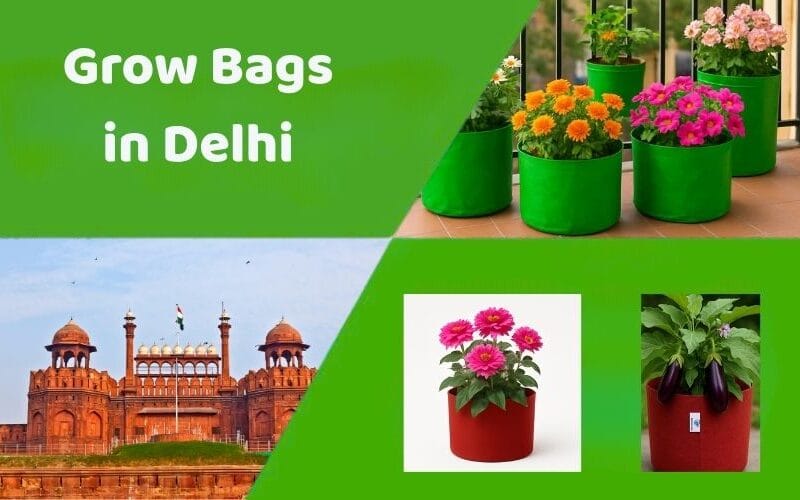
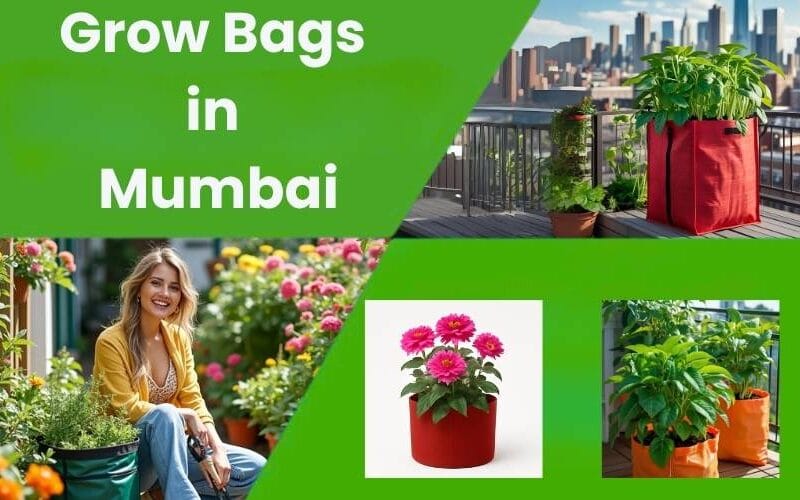
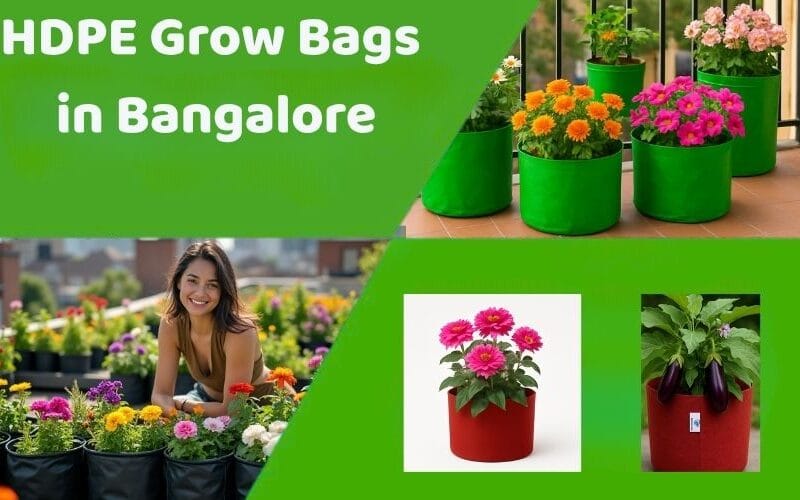
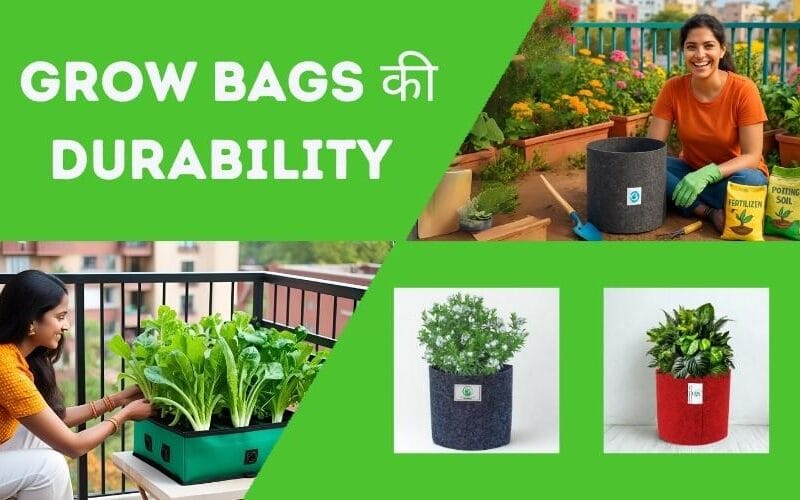
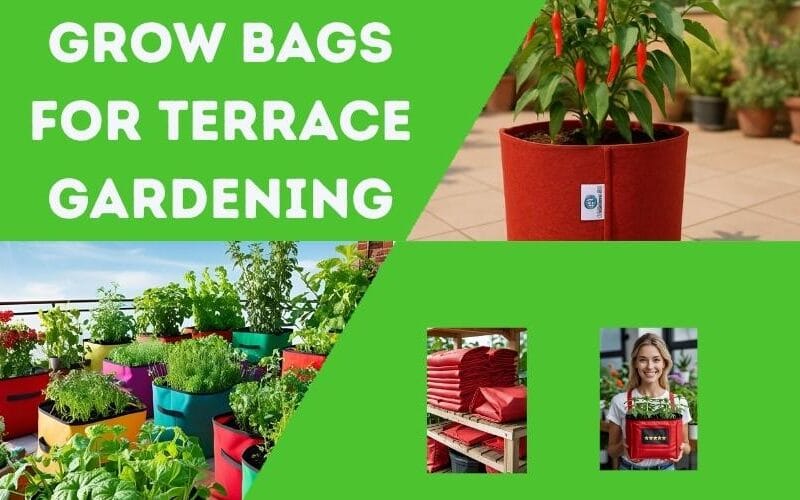
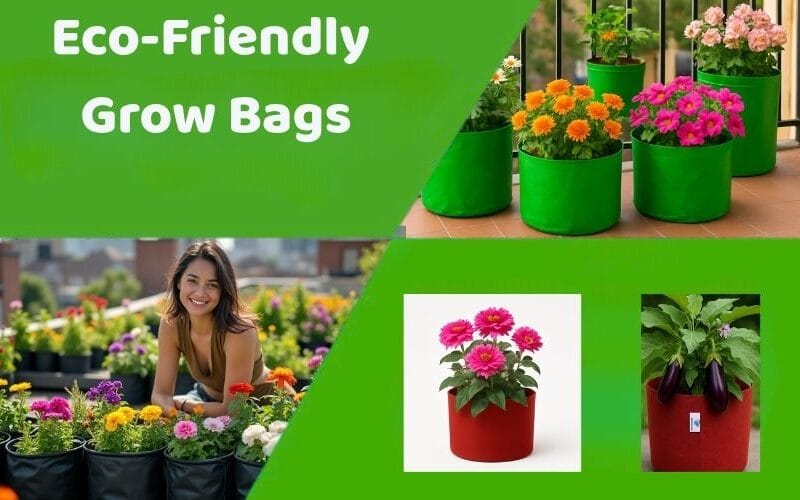
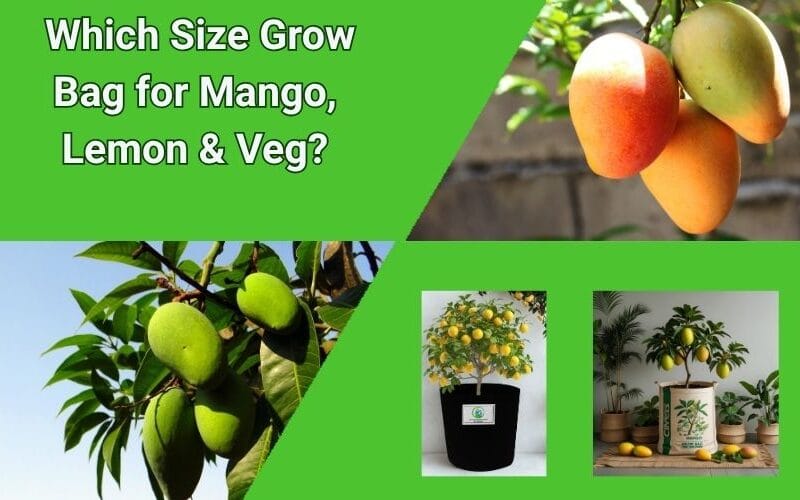
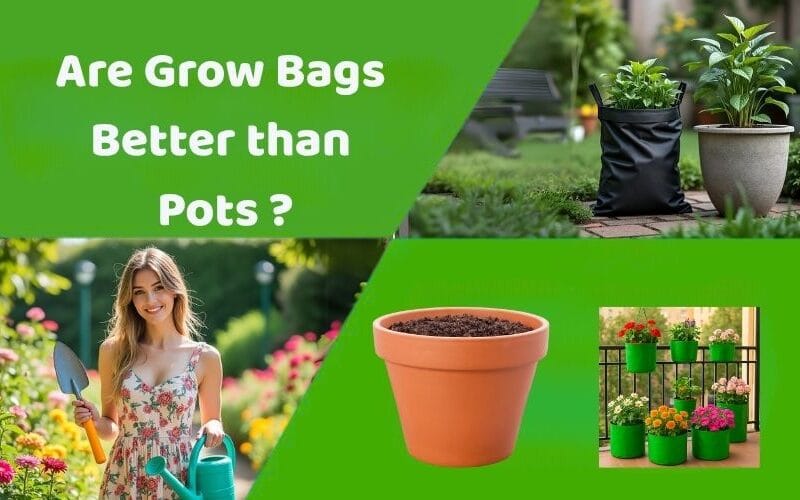
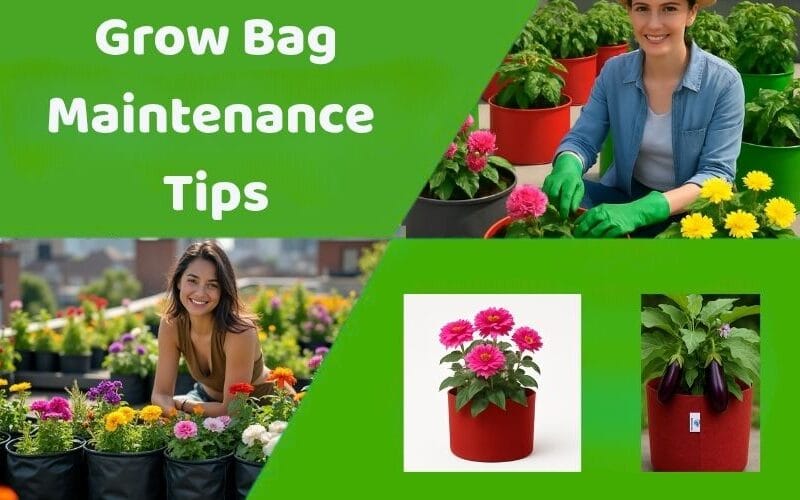
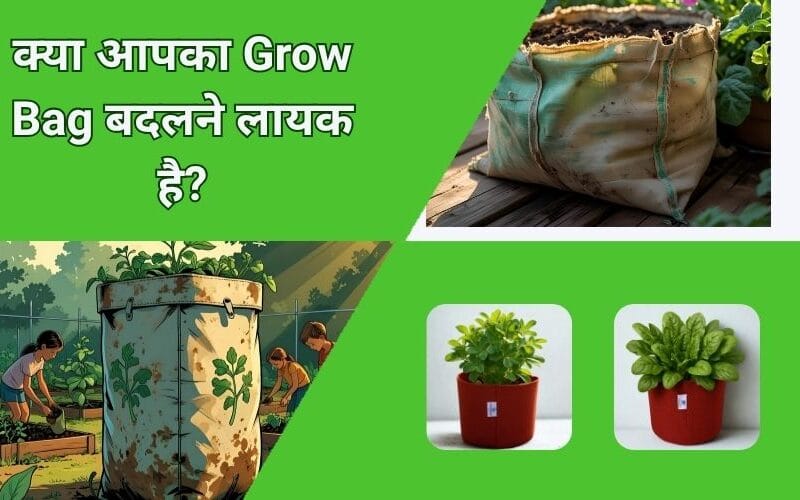
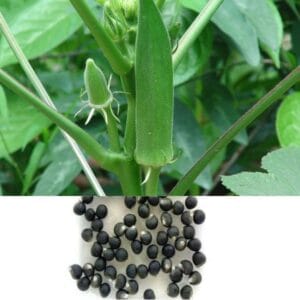
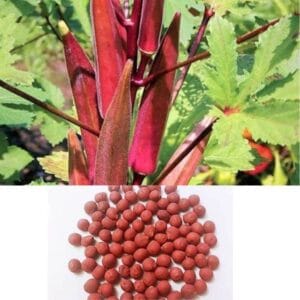






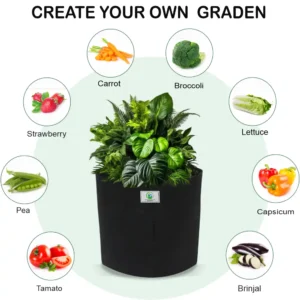

Reviews
There are no reviews yet.